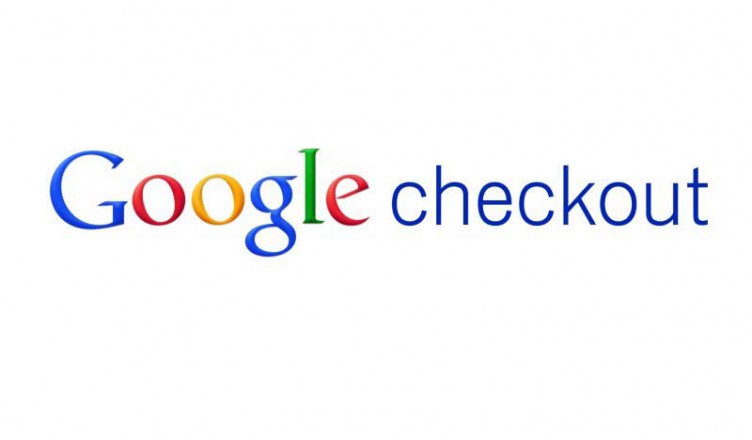With Google Checkout, the customer creates a Google account and stores their payment and shipping information in that account. When they checkout, the customer just has to login to their Google account instead of entering all of their information. This can help simplify the checkout process and for this reason may help increase sales. Also, customers may have an increased sense of security since they don’t have to reenter personal information every time they checkout. When a customer places an order through Google Checkout, the merchant is notified and goes to Google’s merchant center to fulfill the order and charge the customer’s account. Once they ship the order they can send a confirmation to the buyer though Google Checkout.
Google Checkout is often regarded as competitor of PayPal, though Google Checkout functions somewhat differently and is not necessarily mutually exclusive with PayPal. While PayPal also functions as an online bank, where you can keep a balance, Google Checkout requires you to deposit your money into your bank account through payouts, which the merchant is not able to control. Also, Google Checkout cannot be used on eBay.
There are several ways to use Google Checkout with your site, depending on if you already have an established site or are just starting your business. Google Checkout is relatively new, but it is compatible with some shopping cart software and merchant accounts. If you already have your online store set up, especially if you are using an eCommerce package, you should check to make sure it is compatible with Google Checkout if you are interested in using the program. Google Checkout also comes with its own shopping cart that you can use. Merchants can use Google Checkout alone, though it is probably wise to have an alternative checkout option for customers who don’t want to create an account to use Google Checkout.
For merchants who use Google’s AdSense advertising, the Google Checkout icon will appear as part of their AdSense ad when users perform Google searches. This may encourage some customers who prefer Google Checkout to visit your store.
Google Checkout includes free fraud protection for merchants, though merchants should remember that fraud protection is not 100% guaranteed to stop all fraud.
Google Checkout charges a per-transaction fee and a percentage of your transactions. The amount varies depending on the value of your transactions. Non-profits who are part of the Google Grants program can receive donations for free. For the first 60 days, payouts from orders occur 10 business days after your online transaction. This does not include the time it takes for your bank to process and deposit the payout. After 60 days your account will be reviewed and your payout time may be changed to 2 business days, plus your bank’s processing time. To receive a payout, you must have at least $1 in your Google Checkout balance. Payouts do not occur on weekends or holidays.
The biggest complaint about Google Checkout from merchants and customers is that customer service is slow and sometimes unresponsive. This means that disputes can be hard to resolve and it may take a while to have questions answered. Dispute mediation occurs through email.
To use Google Checkout, merchants need to logon to the Google Checkout site and create an account. You will need to provide information about the bank account you will link to Google Checkout. Check with your bank to make sure the program is compatible with your account. Google will then make a small deposit into your account and when the deposit shows up in your account you verify it by reporting the amount to Google. It can take several days to complete this process.
Google Checkout also does a credit check to set up your account. Google Checkout asks for a credit card number and social security number to verify your identity and credit. The social security number is optional, but without out you will have a limit set on the maximum amount of your monthly payouts. The credit card number is used if you have chargebacks or other fees that aren’t covered by your earnings.
Overall, Google Checkout may encourage more customer traffic and sales, especially for merchants who use AdSense, but some merchants find its payouts slow and its customer service unresponsive. Merchants who choose to use Google Checkout should probably have an alternative way for customers to complete their orders.





